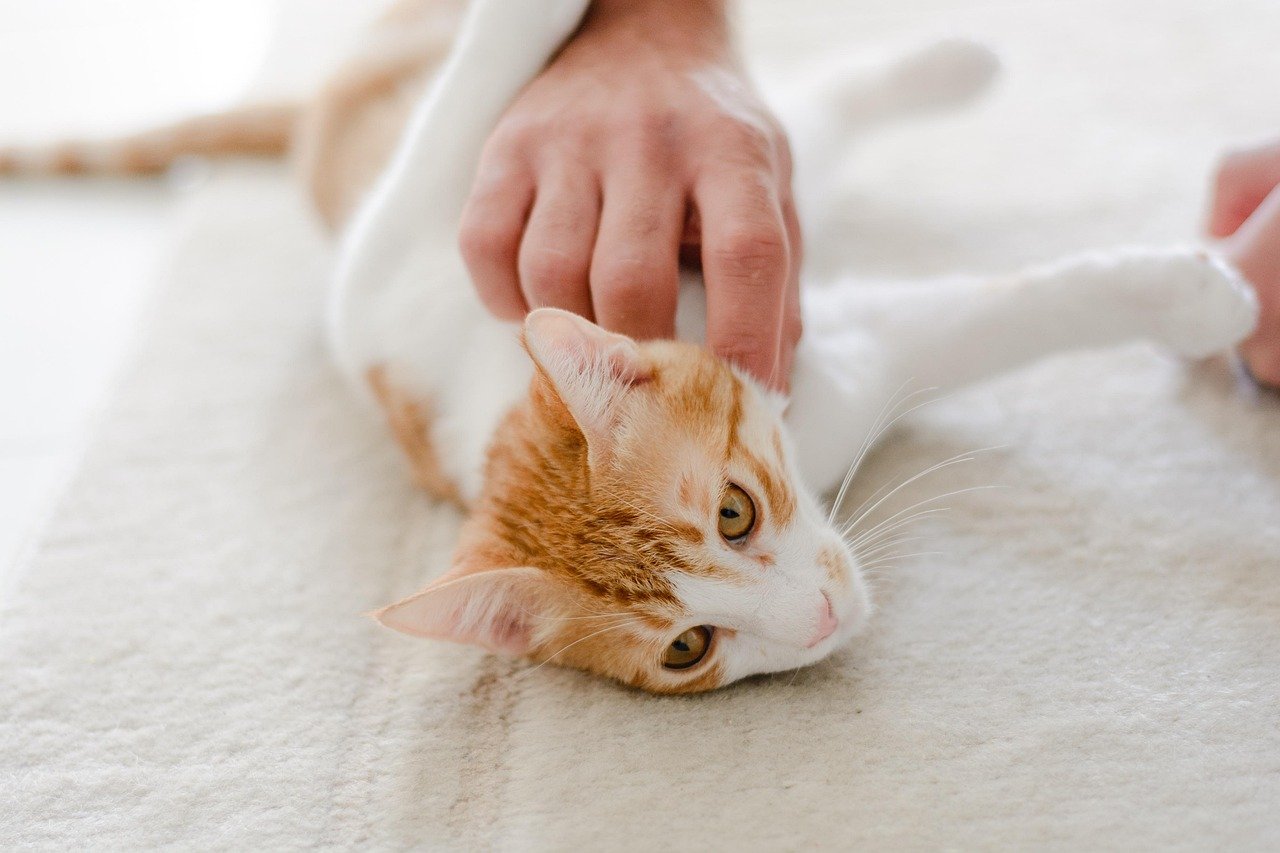Cats, those enigmatic and graceful creatures, often seem to glide through life with an air of serene indifference. But beneath that calm exterior, they can be surprisingly sensitive to changes in their environment. As much as we love our feline friends, we might unknowingly be causing them stress with the very things we have in our homes. If you’ve noticed your cat acting a bit off, it might be time to take a closer look at your surroundings. Here are seven things that could be stressing out your cat, and how you can help make their environment more relaxing.
Loud Noises: The Invisible Agitators
Cats have an acute sense of hearing, far more sensitive than that of humans. While a blaring TV or the clatter of kitchen utensils might seem like background noise to us, these sounds can be overwhelming for our feline companions. Sudden, loud noises like vacuum cleaners or fireworks can send your cat into a state of panic. Imagine living in a world where every noise is magnified—that’s a cat’s reality. To minimize this stressor, try to create a quiet corner in your home where your cat can retreat. Soft background music or white noise machines can also help drown out disruptive sounds, giving your cat a sense of peace.
Unfamiliar Scents: The Olfactory Overload
Cats rely heavily on their sense of smell to navigate their world. An unfamiliar scent can be as jarring to them as a sudden loud noise. Whether it’s a new cleaning product, a fresh bouquet of flowers, or the lingering aroma of dinner, these scents can be unsettling. Cats mark their territory using scent glands, so anything that disrupts their familiar scent map can cause anxiety. To help your cat feel at ease, try to use unscented products wherever possible and introduce new scents gradually. This allows your cat to adjust without feeling threatened.
Lack of Vertical Space: The Need for Heights
Cats are natural climbers and love to perch high above the ground. This behavior is instinctive, as it allows them to survey their territory and feel secure. A home without adequate vertical space can be stifling for a cat. Consider adding cat trees, shelves, or window perches to give your cat the opportunity to climb and explore. These elevated spaces not only provide physical exercise but also mental stimulation, reducing stress and promoting a sense of security.
Overcrowded Litter Boxes: The Call for Cleanliness
A cat’s litter box is one of the most important aspects of their environment. Cats are fastidious creatures and a dirty or overcrowded litter box can be a major source of stress. Imagine having to use a bathroom that hasn’t been cleaned in days; it’s not a pleasant thought. To keep your cat happy, ensure their litter box is cleaned regularly and is located in a quiet, accessible area. If you have multiple cats, provide multiple litter boxes to prevent territorial disputes and maintain hygiene.
Changes in Routine: The Disruption of the Familiar
Cats thrive on routine and predictability. Sudden changes, whether it’s a new feeding schedule, a change in your work hours, or the arrival of a new family member, can be unsettling for them. A cat’s routine is their anchor, and when it’s disrupted, it can lead to stress-related behaviors like hiding or aggression. To help your cat adjust to changes, try to introduce them gradually. Maintain as much consistency as possible with feeding times and play sessions to provide a sense of stability.
Too Much Alone Time: The Solitude Strain
While cats are often portrayed as independent creatures, they can actually suffer from loneliness just like humans do. Extended periods of isolation can lead to stress and anxiety. Cats need interaction and stimulation, whether it’s from their human companions or other animals. If you have a busy schedule, consider providing interactive toys or setting up a bird-watching station by a window to keep your cat entertained during the day. Regular playtime and affection can go a long way in alleviating their stress.
Inconsistent or Negative Human Interaction: The Need for Gentle Affection

Cats are intuitive and can easily pick up on human emotions. Inconsistent handling or negative interactions can make them anxious. If a cat is handled roughly or shouted at, it can lead to a breakdown of trust. It’s important to approach your cat with patience and kindness. Gentle petting, soft-spoken words, and respecting their boundaries can help build a strong bond. Remember, a calm and reassuring presence can make all the difference in helping your cat feel safe and loved.
Creating a stress-free environment for your cat is not just about removing potential stressors, but also about understanding and respecting their unique needs and behaviors. By making small adjustments and being attentive to their cues, you can ensure that your home is a sanctuary where your cat can thrive. After all, a happy cat means a happy home.

Suhail Ahmed is a passionate digital professional and nature enthusiast with over 8 years of experience in content strategy, SEO, web development, and digital operations. Alongside his freelance journey, Suhail actively contributes to nature and wildlife platforms like Feline Fam, where he channels his curiosity for the Feline into engaging, educational storytelling.
With a strong background in managing digital ecosystems — from ecommerce stores and WordPress websites to social media and automation — Suhail merges technical precision with creative insight. His content reflects a rare balance: SEO-friendly yet deeply human, data-informed yet emotionally resonant.
Driven by a love for discovery and storytelling, Suhail believes in using digital platforms to amplify causes that matter — especially those protecting Earth’s biodiversity and inspiring sustainable living. Whether he’s managing online projects or crafting wildlife content, his goal remains the same: to inform, inspire, and leave a positive digital footprint.






